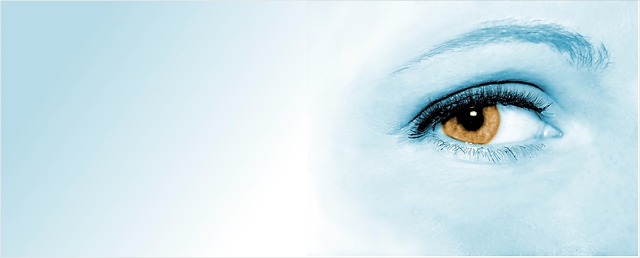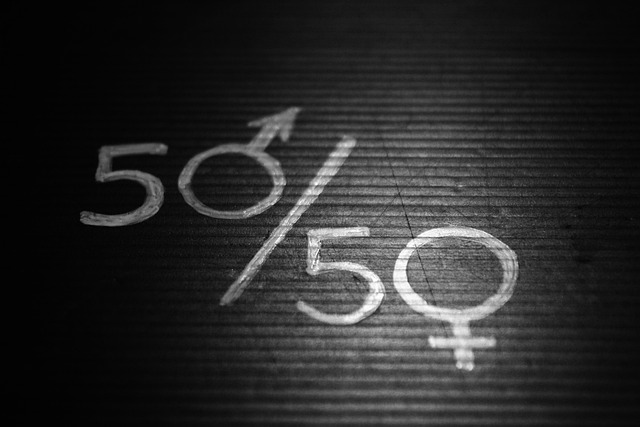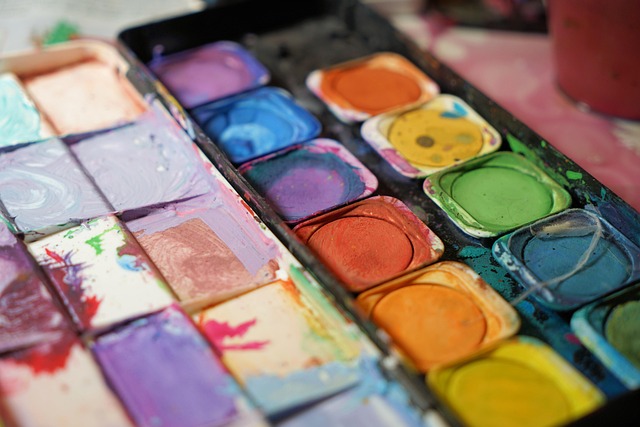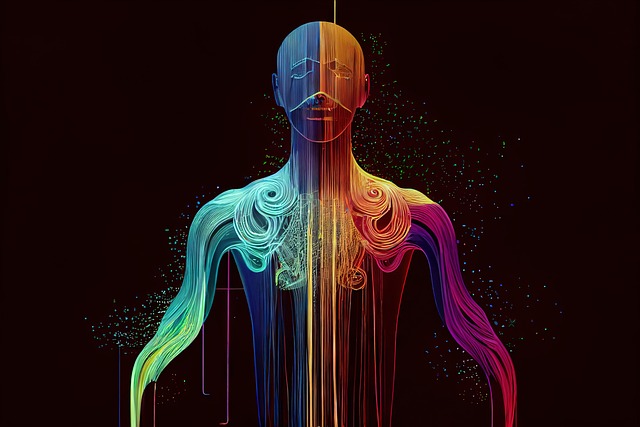Unlocking the Power of Artistic Appearance in Graphic Design
In today’s visually driven world, the artistic appearance of graphic design can either captivate an audience or leave them unimpressed. The synergy between art and design creates an avenue for expression, engaging senses and emotions in ways that words alone cannot. For designers and artists alike, understanding and tapping into this power is crucial for creating compelling visuals that resonate deeply.
The Essence of Art in Design
Artistry goes beyond mere aesthetics; it’s about conveying meaning and emotion. Every brushstroke, color choice, and composition tells a story. When designers embrace this artistry, they’re not just creating images; they’re crafting experiences. An illustration might evoke nostalgia, while a minimalist layout can inspire tranquility. By integrating an artistic appearance into graphic design, we enable our work to do more than communicate; we allow it to connect.
Color Theory: The Heart of Artistic Expression
Color is a powerful tool in any designer’s toolkit, serving as the backbone of artistic appearance. Different colors evoke various emotions, influencing how a message is perceived. For example, warm tones might stimulate excitement and energy, while cooler hues tend to promote calmness and introspection. Understanding color theory enables designers to make conscious choices that align with the emotions they wish to evoke through their art.
Typography: The Art of Letters
Typography is another essential component of artistic design. The style and shape of letters can dramatically alter a viewer’s perception. Artistic typography adds a unique flair, transforming ordinary text into something visually striking. When combined thoughtfully with imagery, it enhances the overall design, ensuring the message is not only read but felt. The typography is more than just words; it’s an extension of the artistic narrative.
The Power of Composition
A well-composed design draws the eye and guides the viewer through the visual narrative. The arrangement of elements on a page can create harmony or tension, depending on the desired effect. Utilizing principles such as balance, contrast, and focal points helps designers create layouts that are not just functional but also visually poetic. The artistic appearance is highlighted by the harmony and flow of the composition, enriching the viewer’s experience.
Integrating Personal Style
Authenticity plays a significant role in the artistic appearance of graphic design. Designers should strive to integrate their unique perspectives and styles into their work. Personal flair not only sets one apart from others but also invites clients and audiences to connect more deeply with the work. Whether embracing bold colors, intricate details, or a minimalist approach, this personal touch enhances the overall impact and resonates with viewers.
The Role of Technology in Artistic Evolution
The digital era has opened up new realms for graphic designers, allowing for limitless creativity and experimentation. Sophisticated software and tools enable artists to bring their visions to life in ways previously unimagined. While technology is a powerful ally, it is the thoughtful integration of artistic appearance that breathes life into digital designs. The amalgamation of traditional artistry with modern technology offers a rich tapestry from which stunning visuals can emerge.
Ultimately, harnessing the power of artistic appearance in graphic design is about creating connections. It invites audiences to engage, reflect, and feel, transforming visuals into a shared experience. By blending art and design thoughtfully, we unlock the potential to inspire and evoke emotions, making a lasting impact in the world of graphics.




